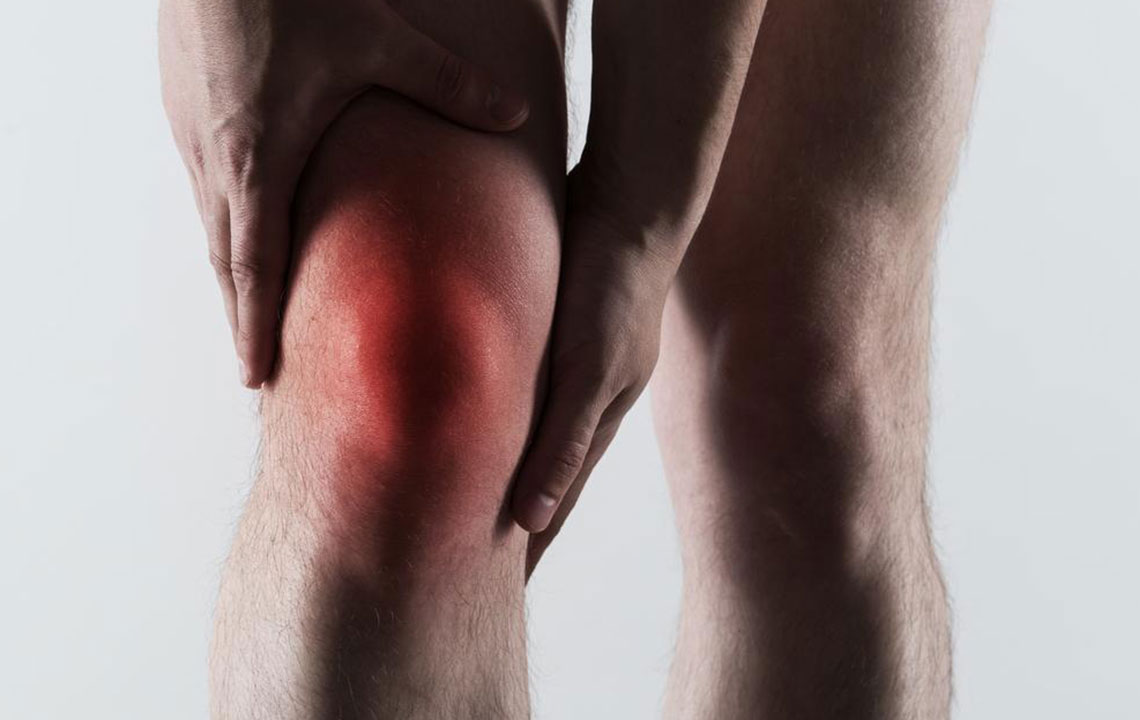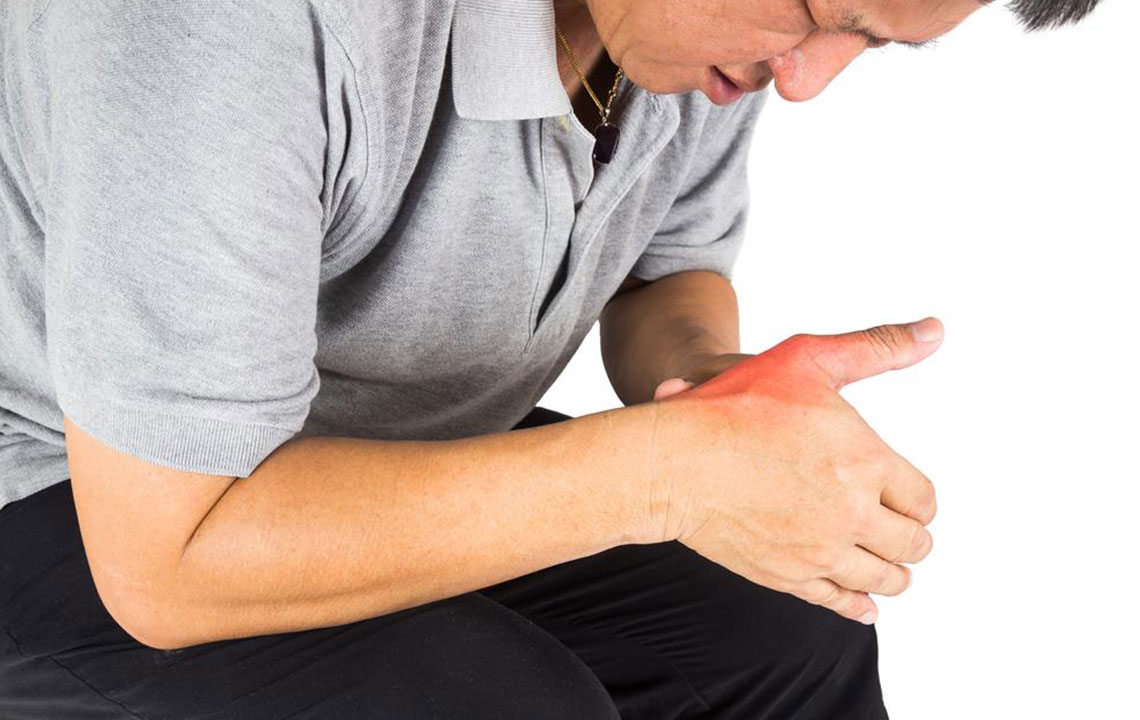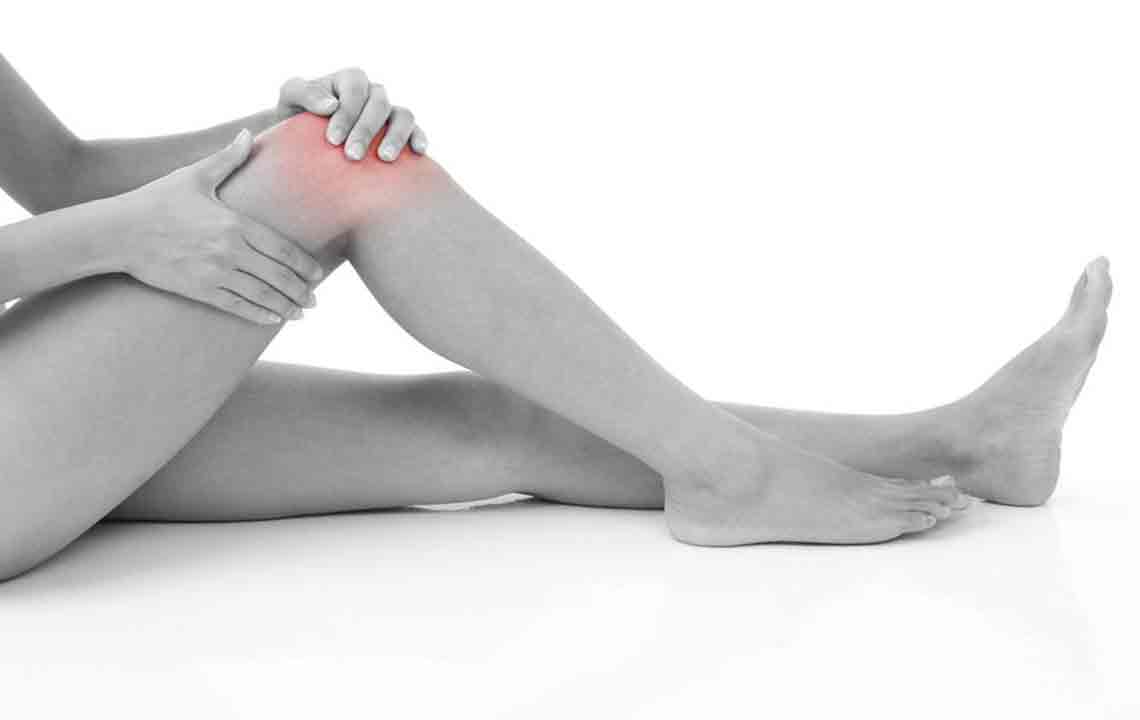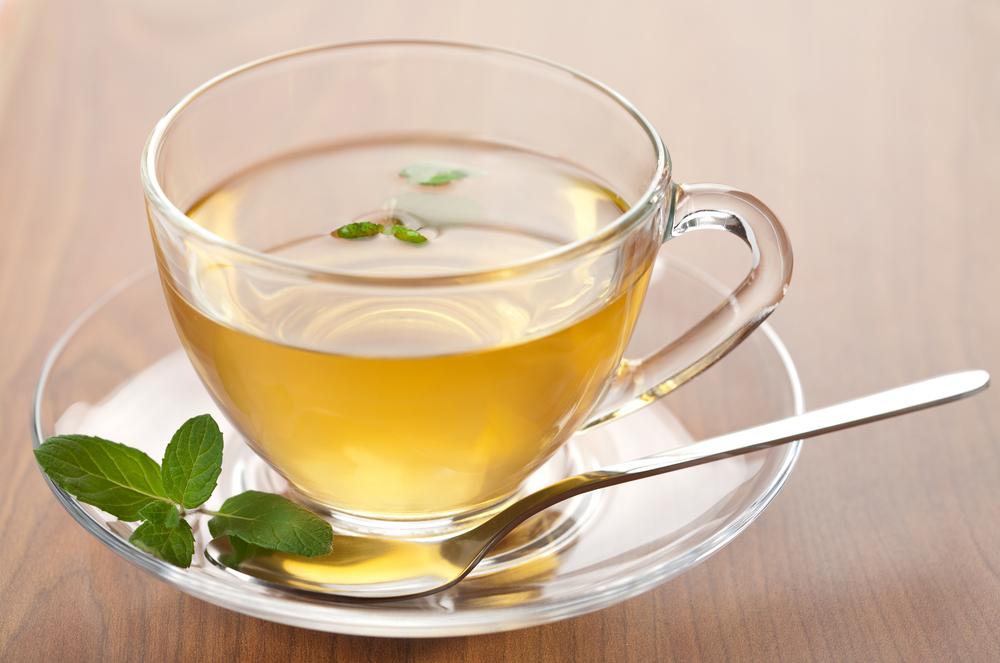Effective Home Strategies for Managing Gout Pain and Discomfort
Discover comprehensive home strategies to effectively manage gout discomfort. Learn about dietary adjustments, natural remedies, cold therapy, hydration tips, and when to seek medical advice. This detailed guide helps you control symptoms naturally and maintain joint health through proven methods and lifestyle changes.
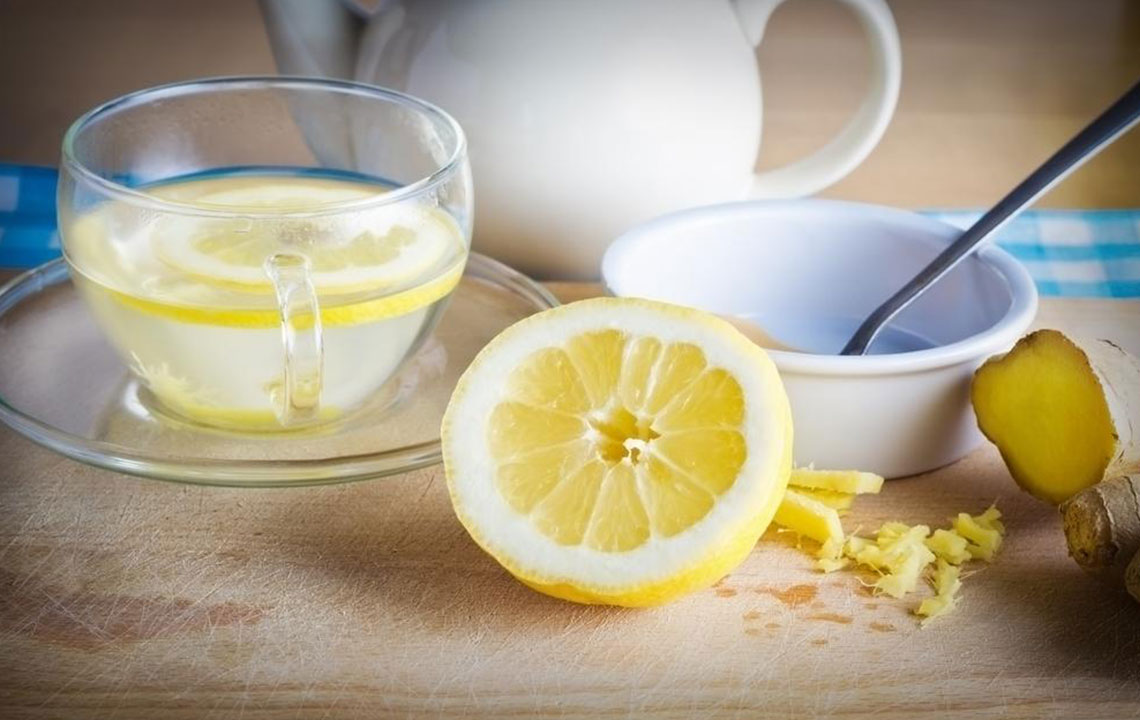
Effective Home Strategies for Managing Gout Pain and Discomfort
Gout is a common yet often misunderstood form of arthritis characterized by sudden, severe episodes of pain, swelling, redness, and warmth in the affected joints, most notably the big toe. It results from the accumulation of uric acid crystals in the joints, which is often caused by metabolic factors, dietary habits, and lifestyle choices. Recognizing and managing gout at home can significantly improve quality of life and prevent the progression of this chronic condition. This comprehensive guide explores proven home remedies, lifestyle modifications, and tips for effectively controlling gout symptoms while emphasizing the importance of professional medical care when necessary.
Though gout can become a persistent health issue if not properly managed, many individuals find relief through targeted home strategies. These approaches aim to reduce inflammation, alleviate pain, and lower uric acid levels naturally. Below are detailed, scientifically supported methods that can be incorporated into your daily routine to help control gout symptoms effectively.
Prioritize Rest and Restricted Movement
Given the intense pain during gout flare-ups, one of the most immediate and effective responses is to rest the affected limb. Limiting movement reduces stress on the inflamed joints and promotes faster healing. When experiencing a gout attack, elevate the foot and avoid wearing tight or restrictive footwear that might exacerbate discomfort. Resting also helps prevent further trauma to the joint, minimizing the risk of prolonged inflammation and damage.
Apply Cold Therapy for Immediate Relief
Cold compresses or ice packs are invaluable tools for managing pain and swelling associated with gout attacks. Wrap an ice pack in a clean towel to prevent frostbite, and apply it directly to the inflamed joint for 15-20 minutes at a time. Regular cold therapy constricts blood vessels, reducing inflammation and numbing the area, which significantly diminishes pain. Using cold therapy at the onset of symptoms can lead to quicker symptom relief and decrease the severity of flare-ups.
Maintain Proper Hydration Levels
Adequate water intake is crucial for gout management. Drinking 4 to 5 liters of water daily aids in diluting uric acid in the bloodstream and facilitates its excretion through urine. Proper hydration prevents uric acid crystals from forming and accumulating in the joints. Beyond helping to prevent gout episodes, hydration supports overall health and optimizes kidney function, which is vital in filtering excess uric acid efficiently.
Incorporate Anti-Inflammatory Foods
Diet plays a pivotal role in gout management. Include foods rich in anti-inflammatory properties, such as ginger, turmeric, and fenugreek. Ginger, in particular, has been studied extensively for its potential to reduce inflammatory responses. Consume raw ginger, add it to smoothies, or brew it into teas. Turmeric contains curcumin, another potent anti-inflammatory compound, which can be infused into drinks or incorporated into dishes. Combining ginger and turmeric enhances their effects, providing natural relief from joint pain and inflammation.
Utilize Natural Remedies like Apple Cider Vinegar and Lemon Juice
Both apple cider vinegar and lemon juice have garnered popularity as home remedies for gout thanks to their natural anti-inflammatory and alkalizing effects. A teaspoon of raw, unfiltered apple cider vinegar mixed in a glass of water taken once or twice daily may help improve digestion and support uric acid elimination. Similarly, drinking lemon water throughout the day or mixing lemon juice with a pinch of baking soda can help neutralize acids, reduce uric acid levels, and alleviate gout symptoms. Fresh citrus fruits are also excellent sources of vitamin C, which supports joint health and reduces the risk of gout flare-ups.
Follow a Uric Acid-Reducing Diet
Dietary adjustment is one of the most effective long-term strategies for controlling gout. Limit intake of purine-rich foods like red meats, organ meats, shellfish, and processed foods. Avoid alcohol, especially beer, as it promotes uric acid production. Focus on a balanced diet that emphasizes vegetables, fruits, whole grains, and low-fat dairy. Incorporate foods high in vitamin C to support collagen synthesis and joint health. Maintaining a healthy weight is also crucial, as excess weight increases uric acid production and puts additional stress on joints.
Soak in Epsom Salt Baths for Soothe Relief
Epsom salt contains magnesium, which may help reduce inflammation and relieve pain. Dissolve half a cup of Epsom salt in a warm bath and soak the affected foot or joint for 15-20 minutes. This treatment not only eases pain but also promotes relaxation and improves circulation in the area. Regular Epsom salt baths can be particularly beneficial during chronic flare-ups or after physical activity that may contribute to gout discomfort.
Consult Healthcare Professionals and Use Medications Wisely
While home remedies are effective for managing mild symptoms and preventing future attacks, persistent or severe gout pain warrants professional medical evaluation. Your healthcare provider may prescribe medications such as colchicine, NSAIDs, corticosteroids, or urate-lowering therapies to control uric acid levels and prevent complications. Always follow medical advice regarding medication use and dosing. Regular checkups and blood tests help monitor your condition and tailor a personalized treatment plan that integrates lifestyle modifications with medical interventions for optimal results.
In conclusion, effective management of gout involves a combination of lifestyle changes, natural remedies, and medical supervision. Incorporating these home strategies can lead to significant symptom reduction and improve overall joint health. If you experience recurrent gout episodes or have underlying health conditions, consult a healthcare professional to develop a comprehensive treatment plan tailored to your needs. Prevention, early intervention, and consistent care are the keys to living without the disruptive pain of gout.
